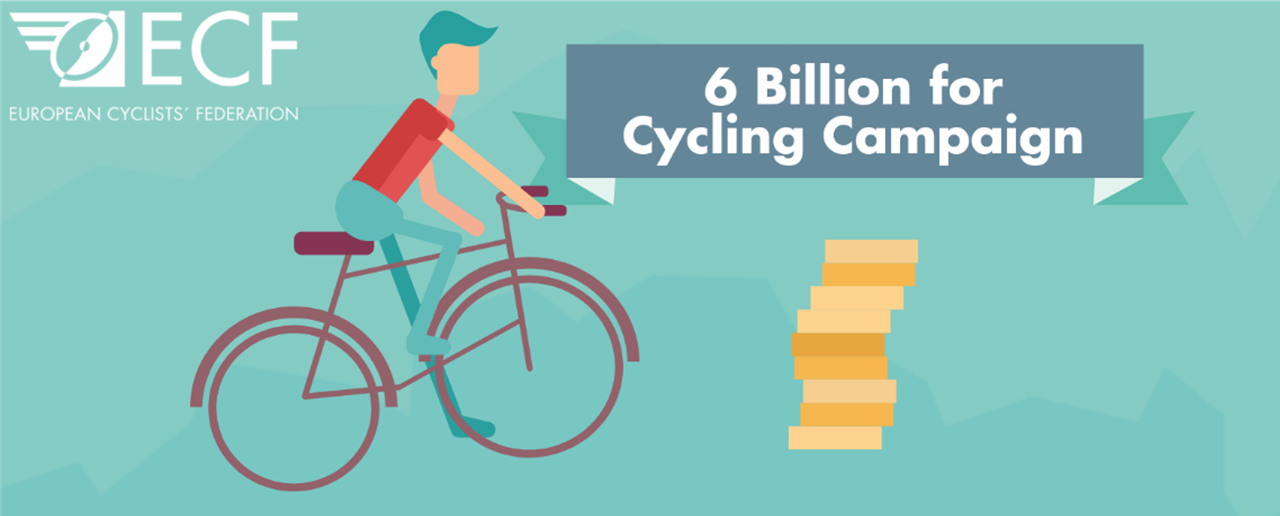
EU Funding 2021-2027 - A first analysis of the Proposals
The European Commission is now building the framework for the new generation of European Funding Programmes in the next programming period 2021-2027. Last week the European Commission has published its proposal for a regulation for the European Regional Development Fund and the Cohesion Fund in the next budget period.
If you would like to give your feedback on this proposal: you can do so following this link.
A first analysis of the documents already gives us an idea of where the European Commission is aiming for with its new generation of European Funding Programmes. Below you can find some of the highlights within the proposals.
Thematic priorities for funding
The Proposal identifies 5 thematic priorities for funding: 1. a Smarter Europe, 2. a Greener, carbon free Europe, 3. a more Connected Europe, 4. a more Social Europe and 5. a Europe closer to citizens.
The proposal also mentions that the majority (65% to 85%) of the resources of the ERDF Funding Programmes should be concentrated on contributing to the first policy objectives which according to the evaluation evidence and the impact assessment suggest have the highest added value, as well as the greatest contribution to EU priorities. It is up to the Member States that are managing the ERDF Funding Programmes to make the final decision how to allocate the funds, but they do have to respect the boundaries set out by the European Commission.
The first two Policy Objectives (PO’s) are:
PO1:"a smarter Europe by promoting innovative and smart economic transformation";
PO2: "a greener, low-carbon Europe by promoting clean and fair energy transition, green and blue investment, the circular economy, climate adaptation and risk prevention and management".
Member States when developping the ERDF Programmes have to allocate the majority of the funding (between 65% to 85%) to those two priorities. Unfortunately, cycling and sustainable urban mobility are part of the third Policy Objective (PO3) which will therefore only be able to receive a minor part of the funding within the Operational Programme: “A more connected Europe - mobility and regional ICT connectivity.” And more specifically, the fourth specific objective within PO3 is of interest to us: “3.4 Sustainable multimodal urban mobility.”
On the other hand, the good news is that for the first time ever cycling is now explicitly mentioned in the list of indicators (that measure the success of the funding instrument):
- RCO 58 - Dedicated cycling infrastructure (Output Indicator = What the ERDF or CEF Programme will fund through the project)
- RCR 64 - Annual users of dedicated cycling infrastructure (Result Indicator = What result should be achieved through the funding of the ERDF or CEF Programme).
Reducing the administrative burden
The European Commission strongly supports –as they did in the current programming period – a substantially reduction of the total administrative costs for projects by introducing further simplifications and a more proportionate approach to control and audits.
ECF will follow up this process closely together with its partner to ensure that cycling will be included in the new generation of European Funding Programmes for the next programming period 2021-2027.
Contact the author
Recent news!
Upcoming events
Contact Us
Avenue des Arts, 7-8
Postal address: Rue de la Charité, 22
1210 Brussels, Belgium









